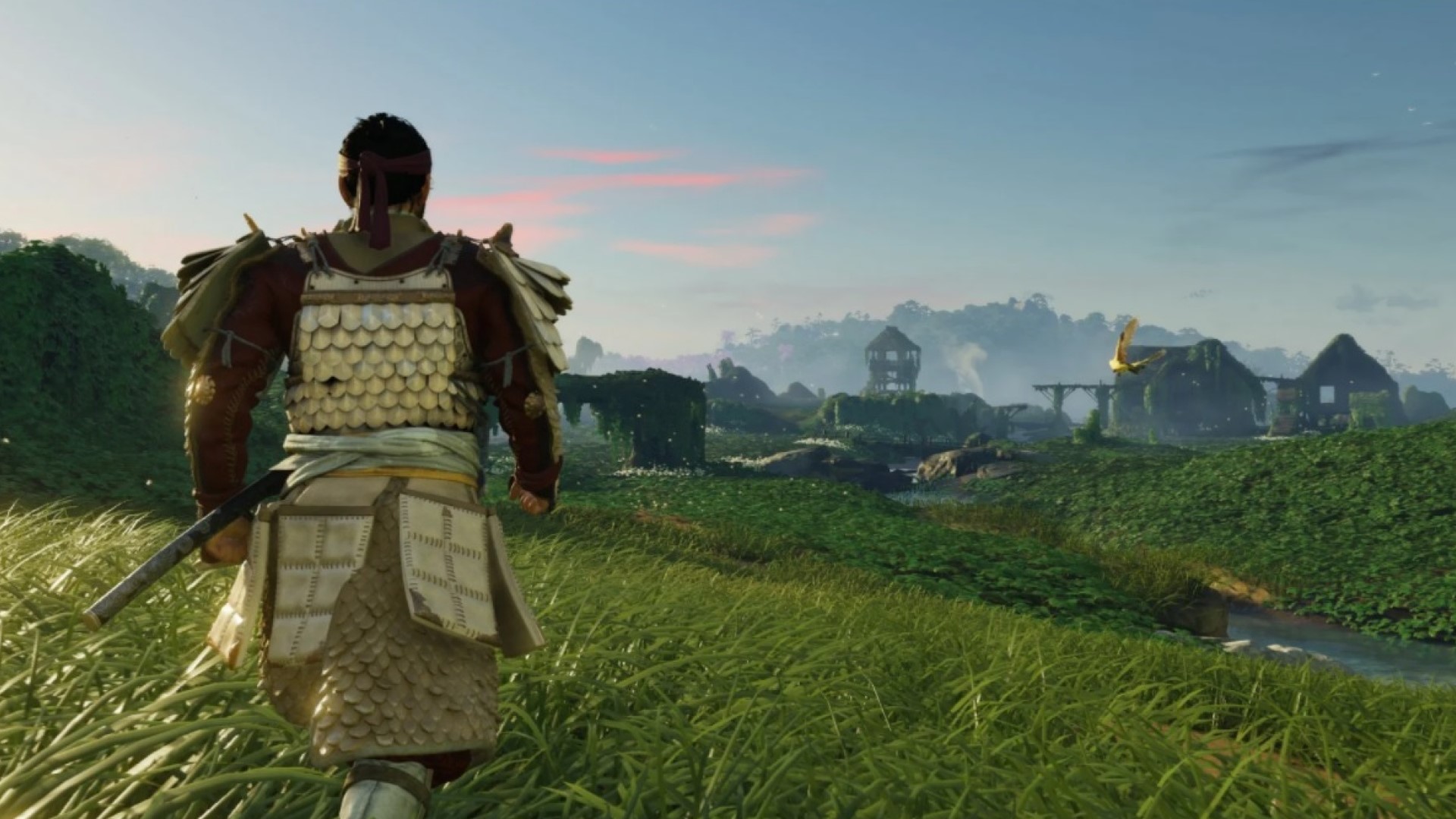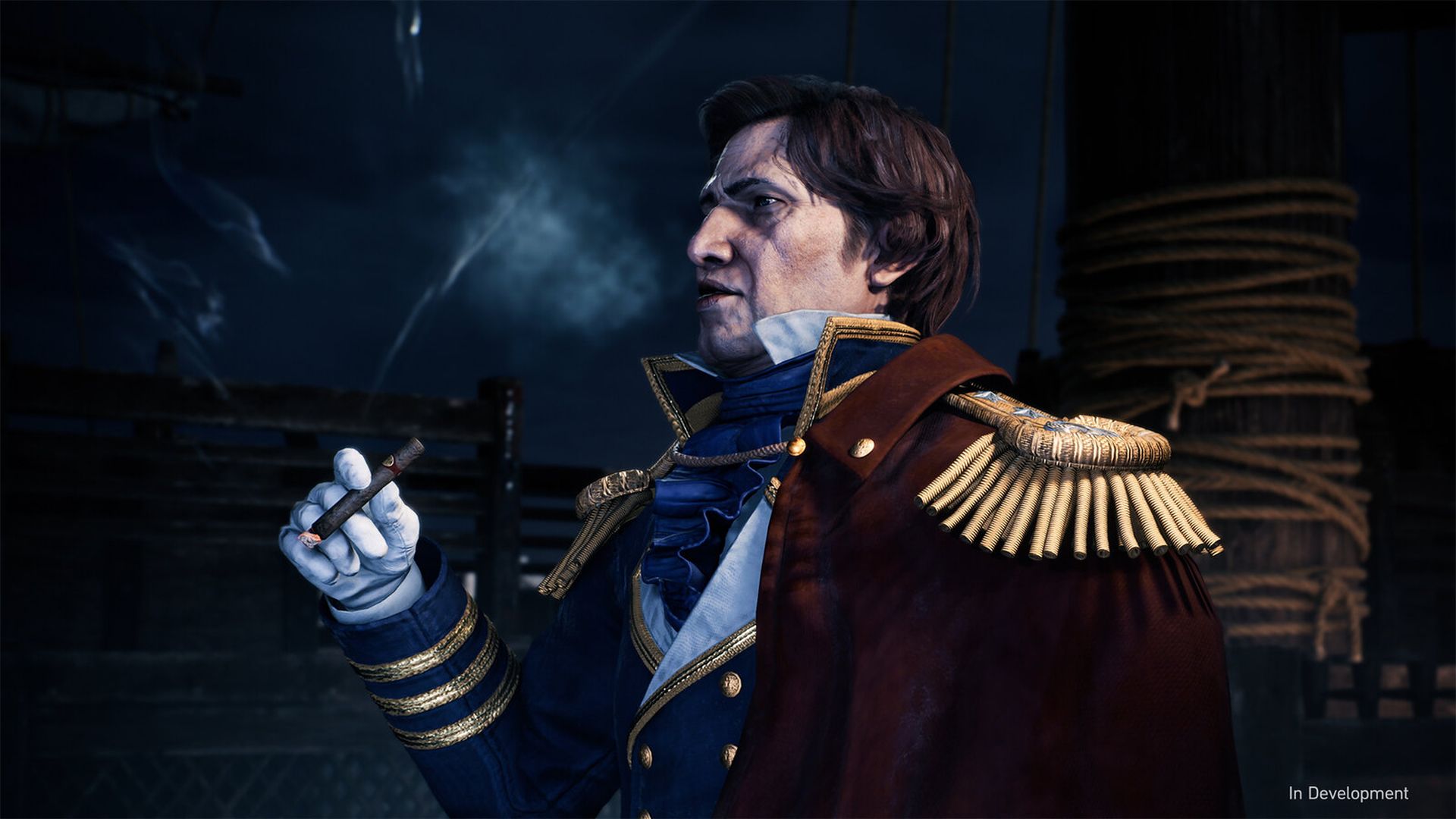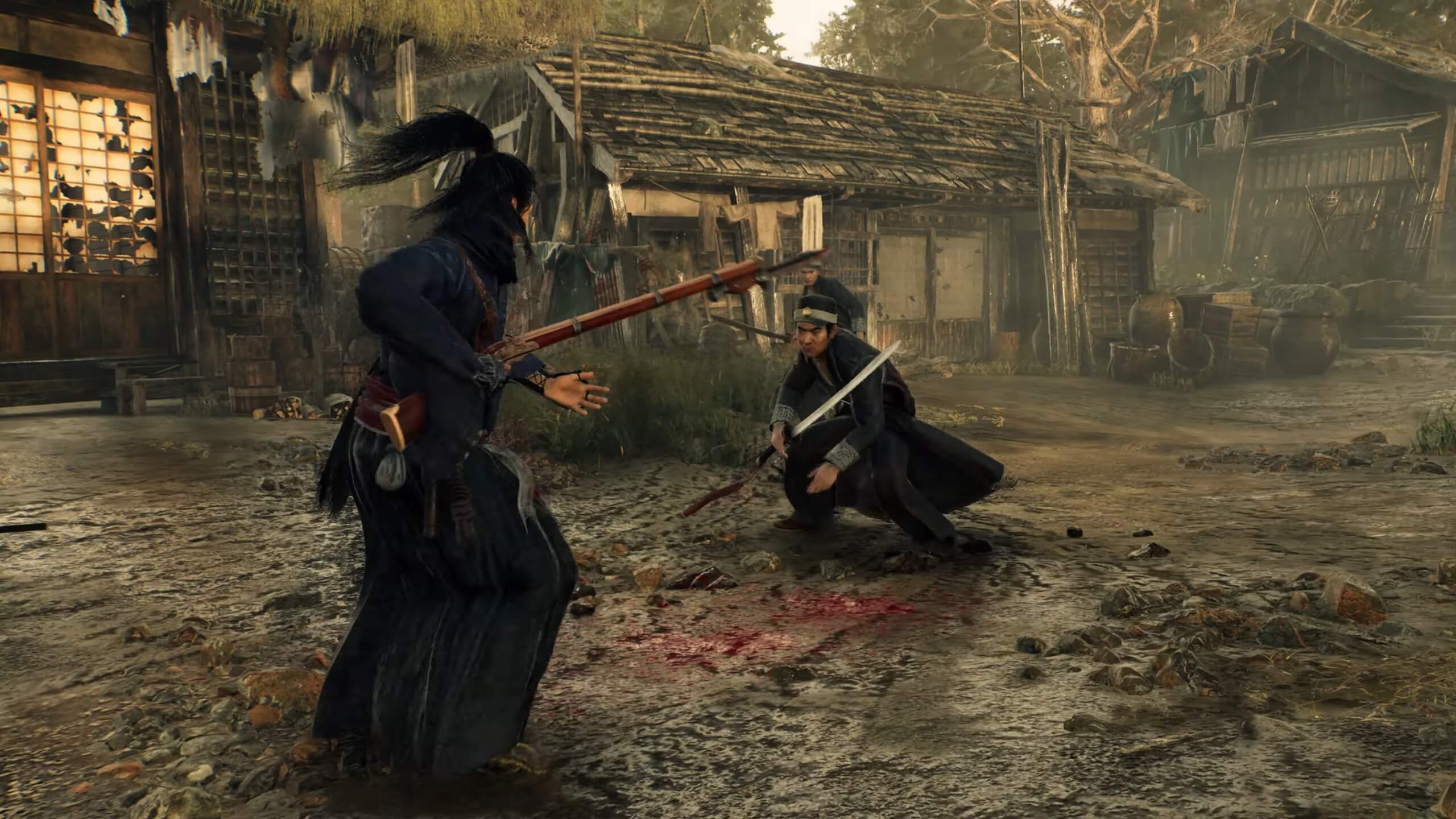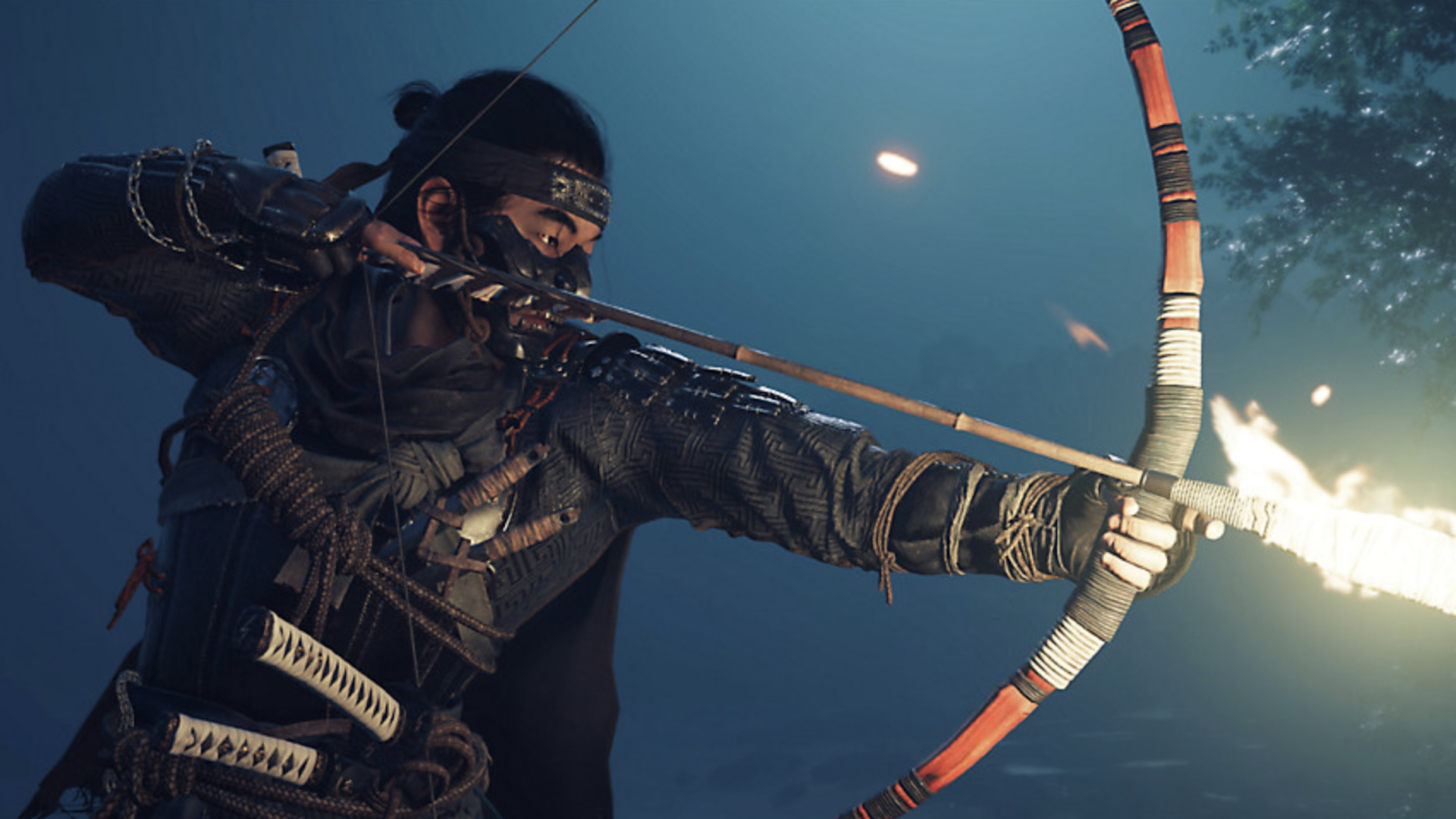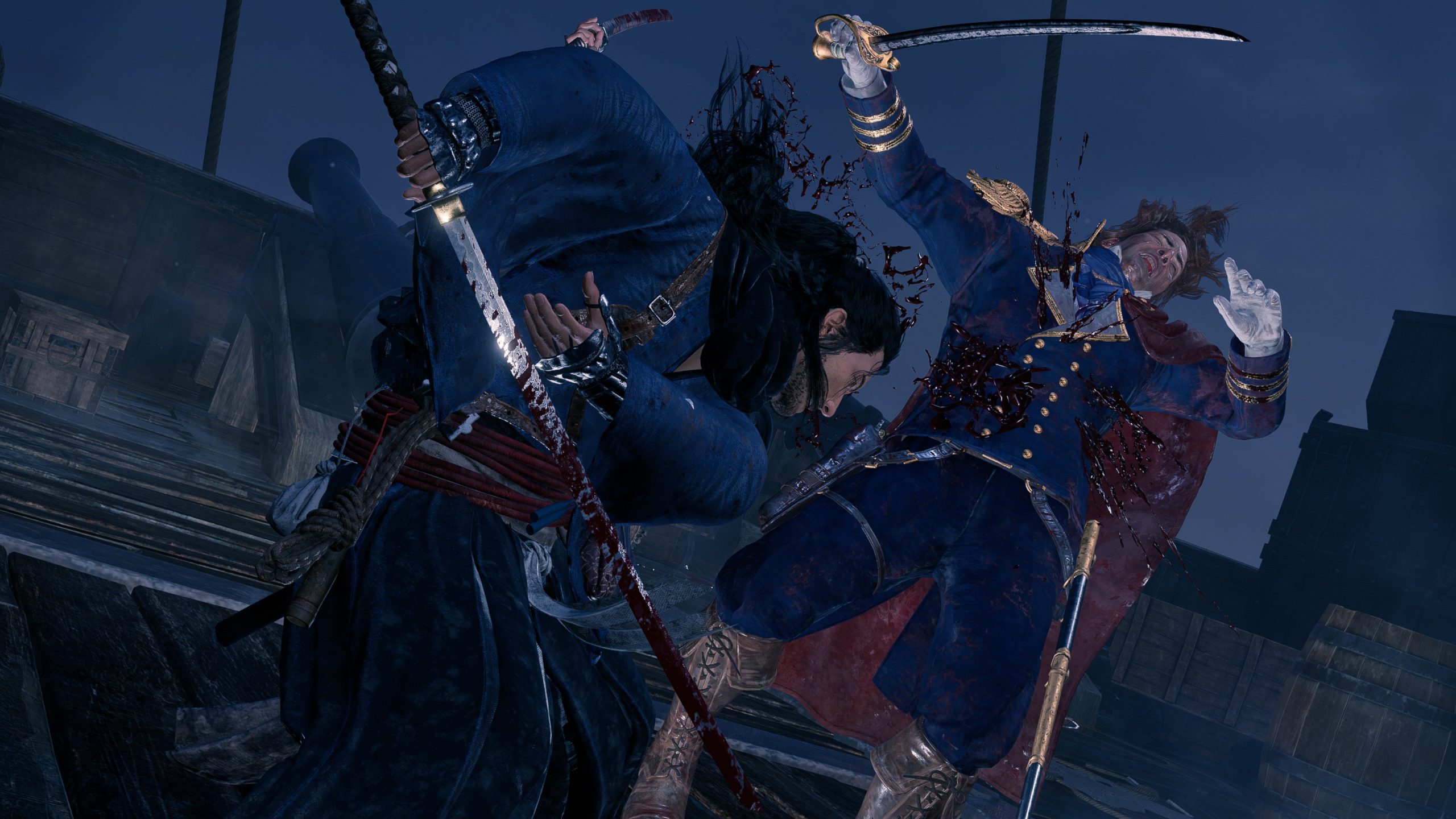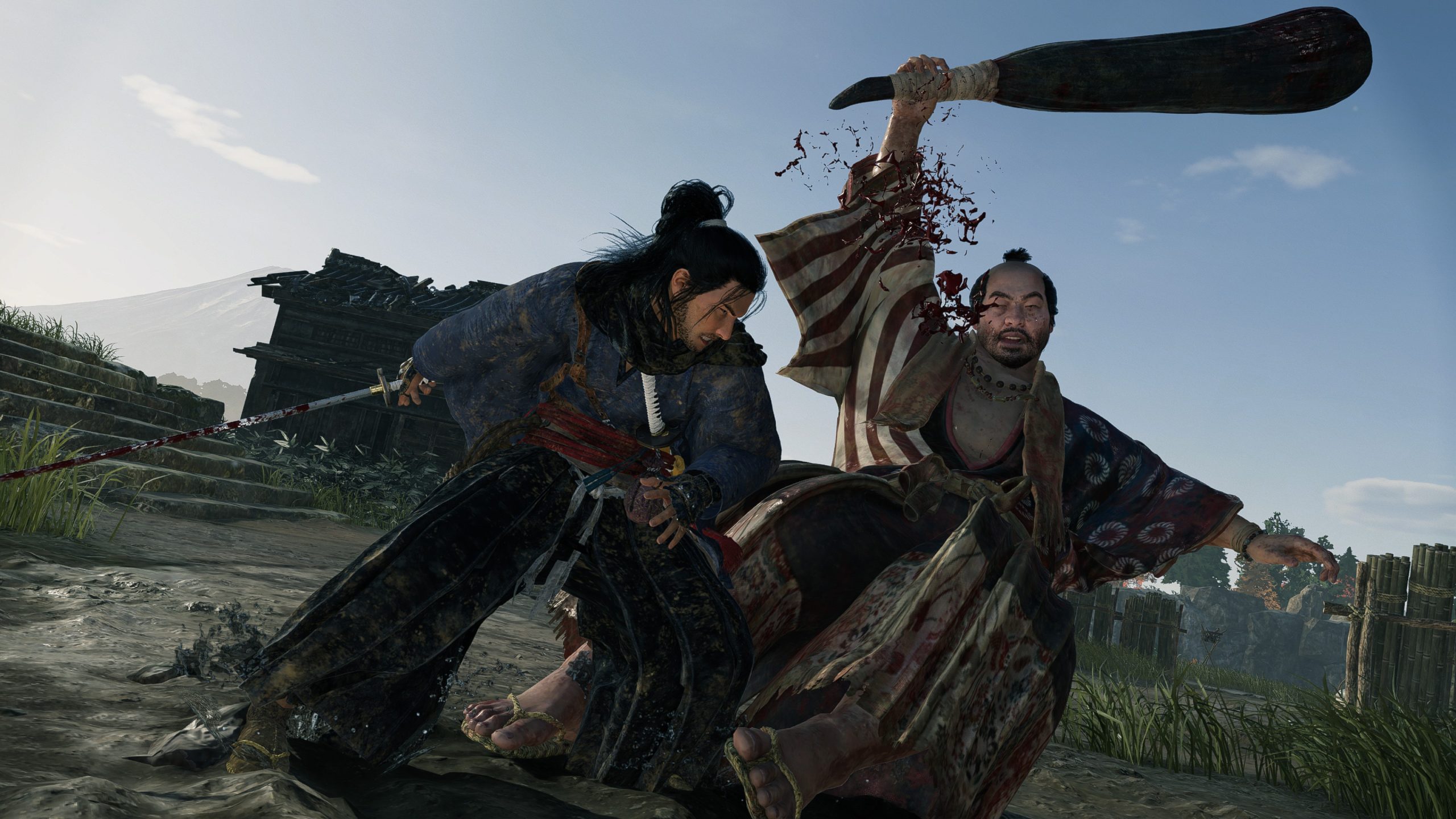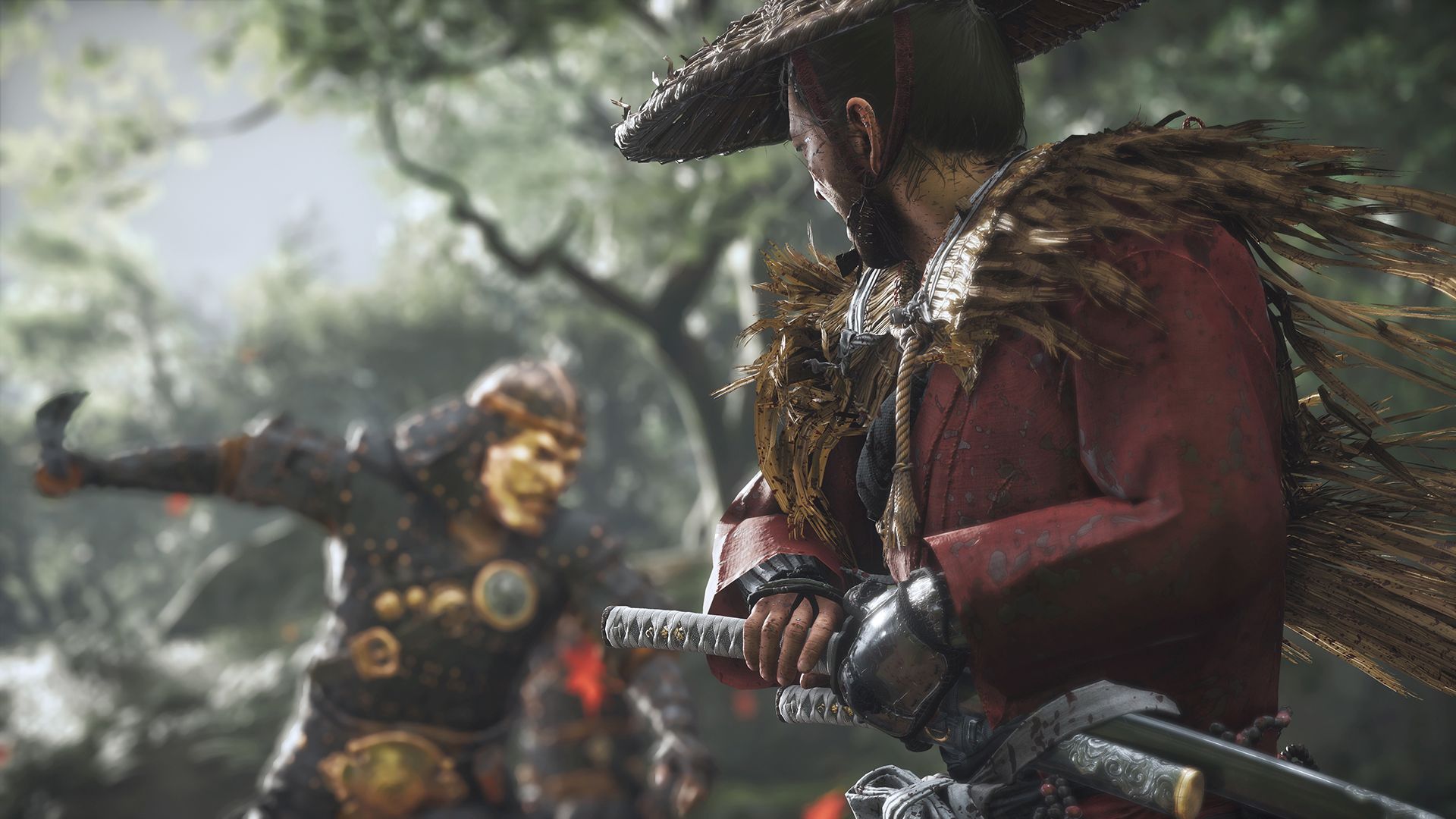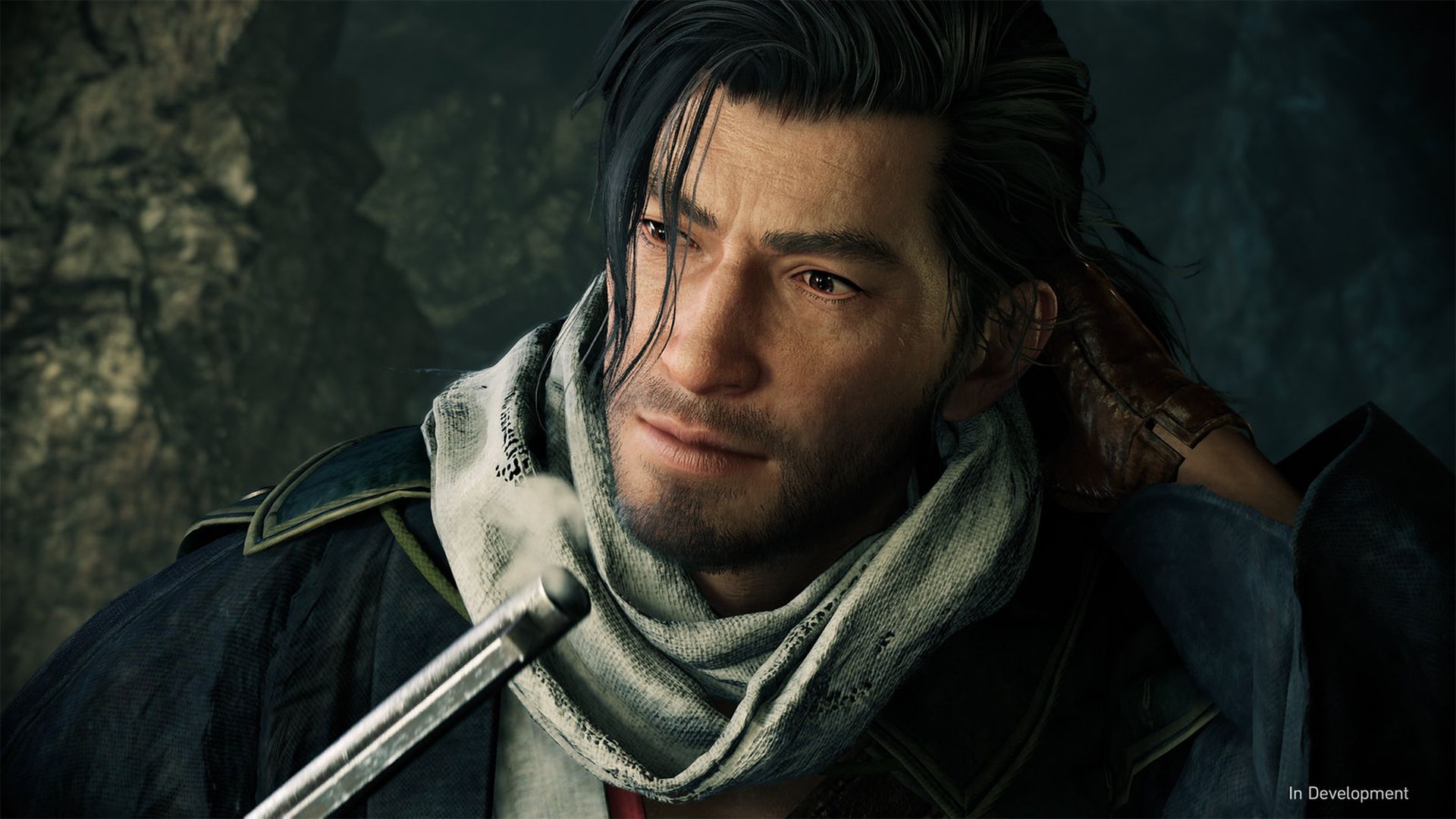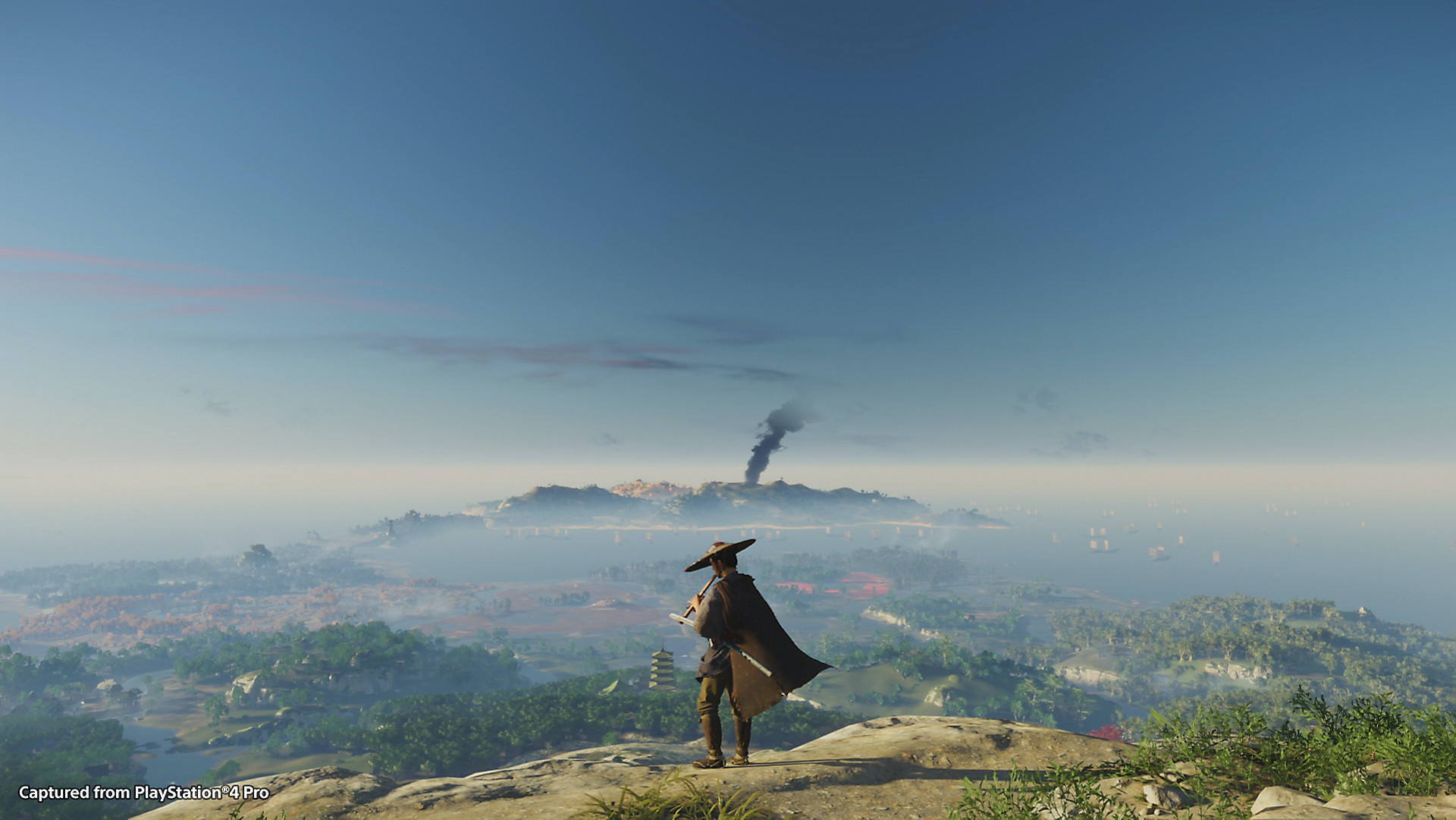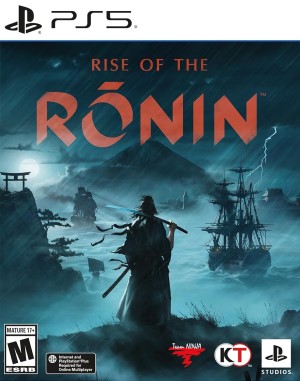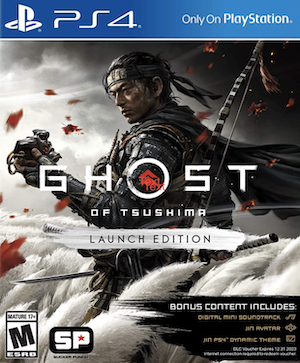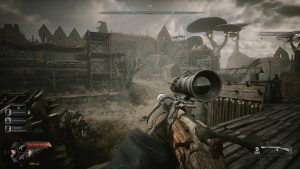
Since its announcement, Team Ninja’s Rise of the Ronin has seen its share of comparisons to Sucker Punch’s Ghost of Tsushima. The Japanese settings, samurai-esque protagonists, and combat may seem similar, but they’re as different as can be. Rise of the Ronin launches on March 22nd, exclusively for PS5 – here are 15 ways it differs from Ghost of Tsushima.
Eras
The biggest and most obvious difference between the two titles is the era. Ghost of Tsushima is set in 1274 when the first Mongol invasion of the island occurred (though the events that occur in-game are fictitious). By comparison, Rise of the Ronin occurs during the latter years of the Bakumatsu, which ran from 1853 to 1867 and saw Japan undergoing a massive social and economic upheaval with the end of the Tokugawa Shogunate. How closely the story mirrors actual events remains to be seen, but historical figures like Ryoma Sakamoto, Kogoro Katsura and Matthew Perry appear.
Locations
Another distinction with the setting is the types of locations players can expect. Tsushima is a rural island with forts, estates, inns and towns, but a good chunk is sprawling plains and wilderness. Rise of the Ronin covers three major cities – Edo, Kyoto and Yokohama alongside the surrounding countryside. However, these cities offer a more distinctive urban flair with their unique areas and districts.
Character Creator vs Fixed Appearance
Rise of the Ronin sees players controlling a Veiled Edge who is separated from their Blade Twin when the game starts. While described as a fully realized character, a character creator is in place to customize their appearance. By comparison, Ghost of Tsushima only has Jin Sakai, and there are no options to change his physical appearance.
Traversal Methods
What would an open-world title be without a glider? Even if it’s not quite historically accurate, Rise of the Ronin lets players fly around maps with an instantly deployable glider and quickly navigate rooftops with a grappling hook. A horse is also in place for quick exploration on the ground and ideally in the countryside, where there aren’t many buildings to grapple from. Ghost of Tsushima only provides a horse for getting around, though it also has a grappling hook for more verticality.
Factions
In Ghost of Tsushima, it’s the people of the island fighting together, differences and all, against the Mongol invasion. Things are way more complicated when considering interpersonal relationships, but you can’t necessarily ally with different factions or get on their bad side. On the other hand, Rise of the Ronin facilitates these. Bonding with a character for one faction risks alienating the others, who can quickly turn into your enemies. Furthermore, making decisions related to that character can change the overall flow of the narrative and its outcome.
Melee Weapons
When you boil it down, Jin Sakai only has two melee weapons – the katana and the tanto, the latter used for stealth kills. You could argue that he only really needs two, given the overall theme and conclusion (and you would be right on both counts). However, from a pure gameplay perspective, you’re limited to these two, and the tanto isn’t really for close-quarters combos so much as assassinations and takedowns.
Rise of the Ronin, on the other hand, builds from Team Ninja’s experience with Ninja Gaiden, Nioh and Wo Long: Fallen Dynasty. You can choose from many different melee weapons – a katana, dual blades, spear, naginata, odachi and greatsword. There’s even the bayonet, which functions like a spear but can shoot at mid-range. Each has its own move sets, dictated by Styles, but we’ll get into that shortly.
Ranged Weapons
Things get a little more complicated here. Rise of the Ronin objectively has more long-range weapon choices due to its era. You can wield a musket, revolver and flamethrower, but if you want to sit back with a bow or toss some shurikens, that’s also an option. Ghost of Tsushima offers different kinds of bows and arrows alongside Ghost Tools, from kunai and black powder bombs to sticky bombs. It’s not quite the same as having dedicated firearms (especially since they’re all use-based), but you can still wreak plenty of havoc with a well-placed sticky bomb.
Combat Differences
If you don’t choose the stealthy approach, Ghost of Tsushima offers some straightforward yet deep combat. It has two kinds of strikes – light and heavy – with dodging, blocking and parrying. Jin can also use Resolve for different techniques or healing and can challenge enemies to standoffs to quickly dispatch several with a few quick strikes.
Rise of the Ronin follows some of the same principles as Nioh and Wo Long: Fallen Dynasty. You can carry multiple weapons and must break through an enemy’s Ki to execute critical hits for massive damage. Guarding and parrying is also possible (more on that shortly), but the overall flow of combat is decidedly different from Ghost of Tsushima.
Counterspark vs. Parrying
Parrying in Rise of the Ronin is referred to as Counterspark. While you can parry enemy blows and open them up to attacks, it also deflects unblockable attacks and causes significant Ki damage to enemies. By contrast, Tsushima’s parrying is just that and won’t work against unblockable attacks (though you have Ghost Tools to help). There’s also Perfect Parry, where pressing the parry button at the last second allows for a much stronger counter-attack.
Styles vs Stances
Rise of the Ronin’s Styles offers different techniques for each weapon, accessed via R1 + any of the four face buttons. Some weapons, like the bayonet and spear, can access similar Styles and are enhanced through training. Styles can seemingly be switched during combat, not unlike the stances from Nioh 1 and 2. You also have three different Style Types – Ten, Chi and Jin – where using the correct Type against another confers an advantage.
Ghost of Tsushima offers four Stances (five if you count Ghost Stance, which is more like a Rage Mode). Each counters a specific enemy type – Stone for Swordsmen, Moon for Brutes, etc. – and proves less effective against an incompatible type. You can unlock new techniques for each Stance over time, and since you’ll often fight an array of enemy types, knowing when to switch and who to take out first is key.
Grappling Hook in Combat
If there’s one advantage combat in Rise of the Ronin offers over Ghost of Tsushima, it’s how the grappling hook is usable in combat. You can smack enemies with it, pull them closer and even propel your character towards them. Once their Ki is depleted, it can toss them like ragdolls. It’s even useful for stealth takedowns from high ground.
Allies
Throughout Ghost of Tsushima, Jin encounters key supporting characters who can lend their aid in the fight against the Mongol invasion. You must start their respective quest chains, but some of them, like Yuna, are intertwined with the campaign from the start. Rise of the Ronin lets you pick and choose the allies who can accompany you, and they provide passive benefits (with the Bond system adding stat increases depending on how close you are). You can also opt to not have allies and theoretically go into a mission alone.
Character Switching
Perhaps one of the more intriguing features in Rise of the Ronin is switching to your allies during missions and accessing their weapons, skills and Styles. Considering how certain Style Types can exploit others, it’s theoretically possible to bring along an ally who can shore up those weaknesses. Also, it’s pretty cool to knock down an enemy and then swap to Sakamoto Ryoma for the finisher.
Endings
Without getting into spoilers, Ghost of Tsushima only offers one canon ending (with some slight differences based on a pivotal choice players can make). Rise of the Ronin promises multiple endings based on your decisions, which makes sense since you’re supporting factions with different visions for Japan’s future. How that plays out remains to be seen, and it’s also unknown if a “canon” or “best” ending is achievable.
Campaign Co-op
Rise of the Ronin features four-player co-op for its story missions, and though we haven’t seen the feature in action, it’s hard not to think of Ghost of Tsushima Legends. The difference is that Legends offers unique story missions and activities separate from the campaign. It also offers a 2v2 PvP mode, while Rise of the Ronin is bereft of any competitive multiplayer.








